Prospect of New Indian State Creates Water Allocation Concerns
The proposed Telangana state would require re-allocation of two of India’s largest rivers.
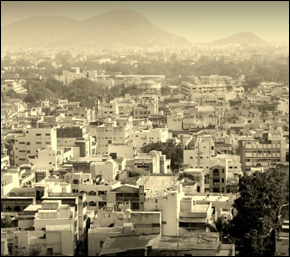 The push to create a new state in southern India has caused concern about how current water resources would be divided, Al Jazeera reports.
The push to create a new state in southern India has caused concern about how current water resources would be divided, Al Jazeera reports.
Following decades of protest and recent agitation by independence activists, India’s central government started the state-formation process in December 2009 that would section off the Telangana region of Andhra Pradesh. But the new state could change the allocation of the state’s two major rivers, the Krishna and the Godavari, and cause tension in the area, according to several news reports from the region.
Farmers from both regions who spoke with Al Jazeera were already thinking about what the new state would mean for them.
One farmer, Shankar Reddy, who cultivates four acres in the Andhra region, had a strong crop this year, but said he’s looking toward an uncertain future.
“I’m worried,” Reddy told Al Jazeera. “There is talk of stopping the water to us. That would be disastrous as we rely on the river. We can’t just depend on the rain. We need this water source.”
Across the river in Telangana, the problem is a current shortage, not an anticipated one.
Kas Ghani Muthai owns four acres, but can farm only one and a half now because of drought and poor water supply infrastructure. The last rains came in June 2009, and the region does not have the irrigation canals its neighbor does.
“When Telangana is formed we will get all of the water,” Muthai said to Al Jazeera. “Our water should not be going to the Andhra region.”
Unequal allocation of resources is one reason many in Telangana desire their own state. The Krishna River enters Andhra Pradesh through Telangana and forms most of the border between the two regions. Yet, Telangana’s share of the water is less than 12 percent, according to the Times of India. The same case holds for the Godavari. Telangana is allocated less than 20 percent of that river even though 70 percent of its catchment lies in the region.
As a new state, though, Telangana would negotiate for no less than double those amounts, according to a Telangana activist speaking to the Times of India.
To complicate matters, some leaders from the third region of Andhra Pradesh – Rayalaseema – propose to unite with Telangana if it becomes independent to guarantee a source of water.
“It is in our interest if Rayalaseema is merged with Telangana. Otherwise, we won’t have any water in case Telangana refuses to share,” said J C Diwakar Reddy, a member of the state legislative assembly, to the Indian Express.
A decision on Telangana’s fate most likely will not come until next year. A committee formed by the ruling Congress party to study the issue will submit its report by December 31, 2010.
Source: al-Jazeera, Times of India, Indian Express
Brett writes about agriculture, energy, infrastructure, and the politics and economics of water in the United States. He also writes the Federal Water Tap, Circle of Blue’s weekly digest of U.S. government water news. He is the winner of two Society of Environmental Journalists reporting awards, one of the top honors in American environmental journalism: first place for explanatory reporting for a series on septic system pollution in the United States(2016) and third place for beat reporting in a small market (2014). He received the Sierra Club’s Distinguished Service Award in 2018. Brett lives in Seattle, where he hikes the mountains and bakes pies. Contact Brett Walton


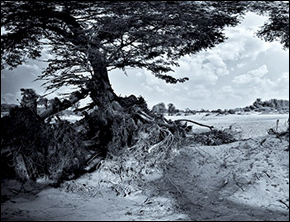
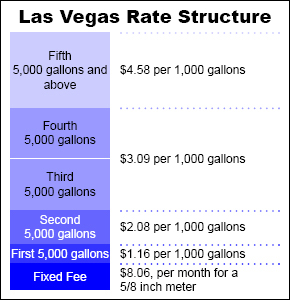

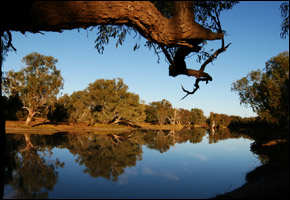
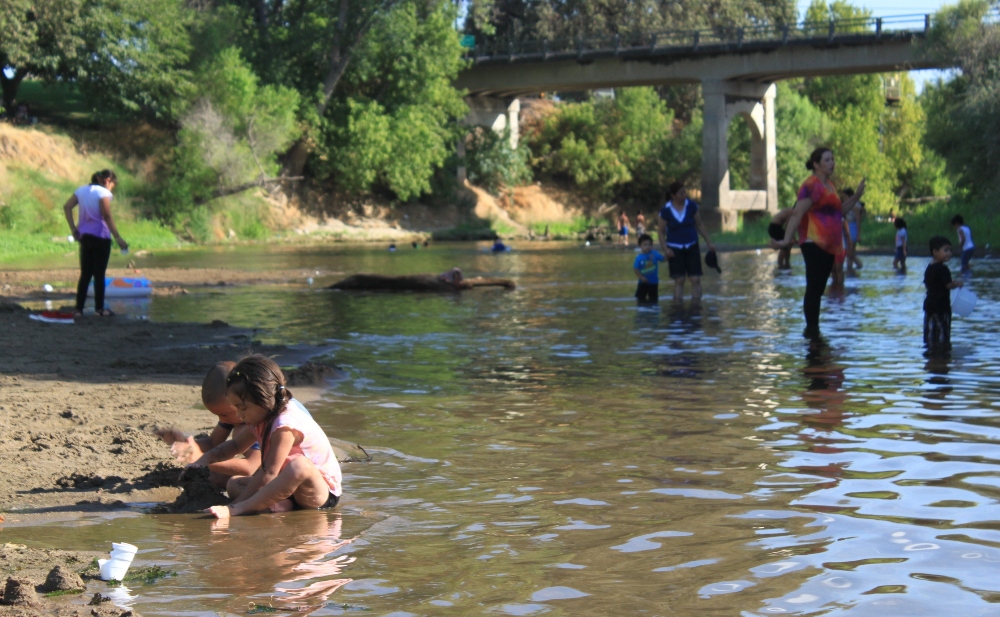


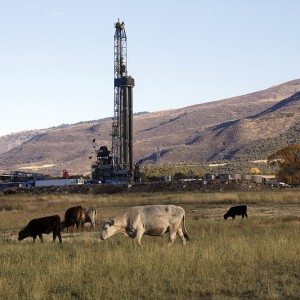
with the above identified projects how far is the implementation process? why do i ask, there is a culture of developing good and sound projects but lack vision when it comes to implementation